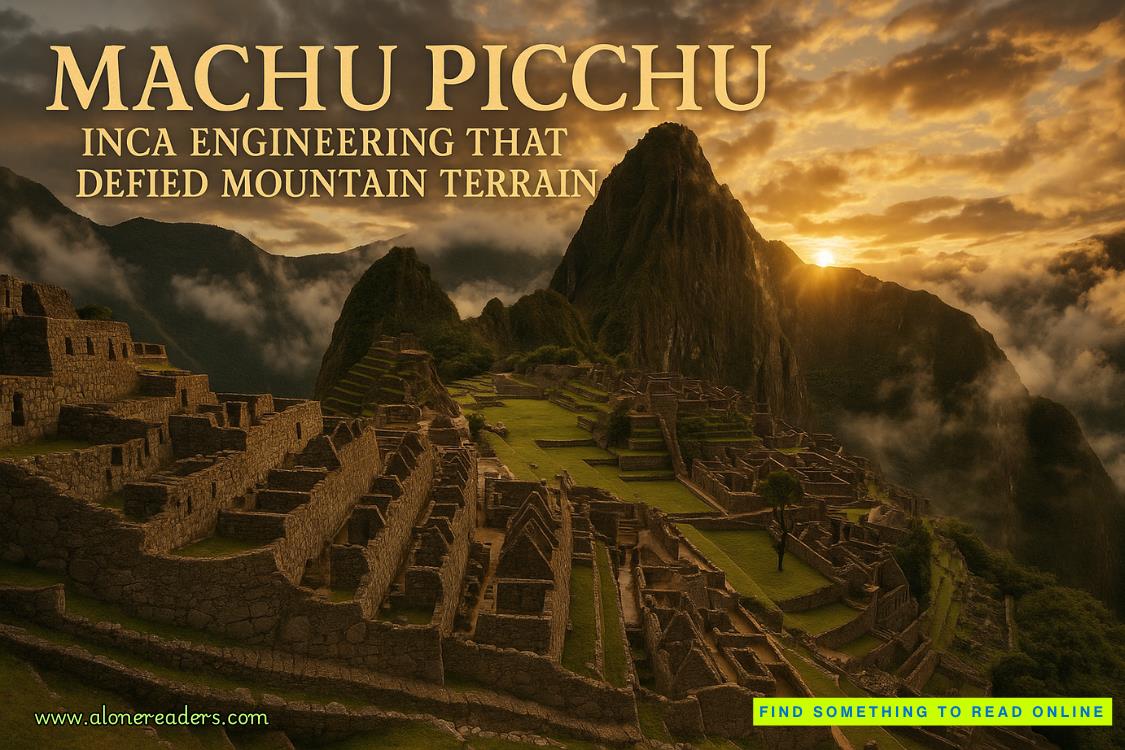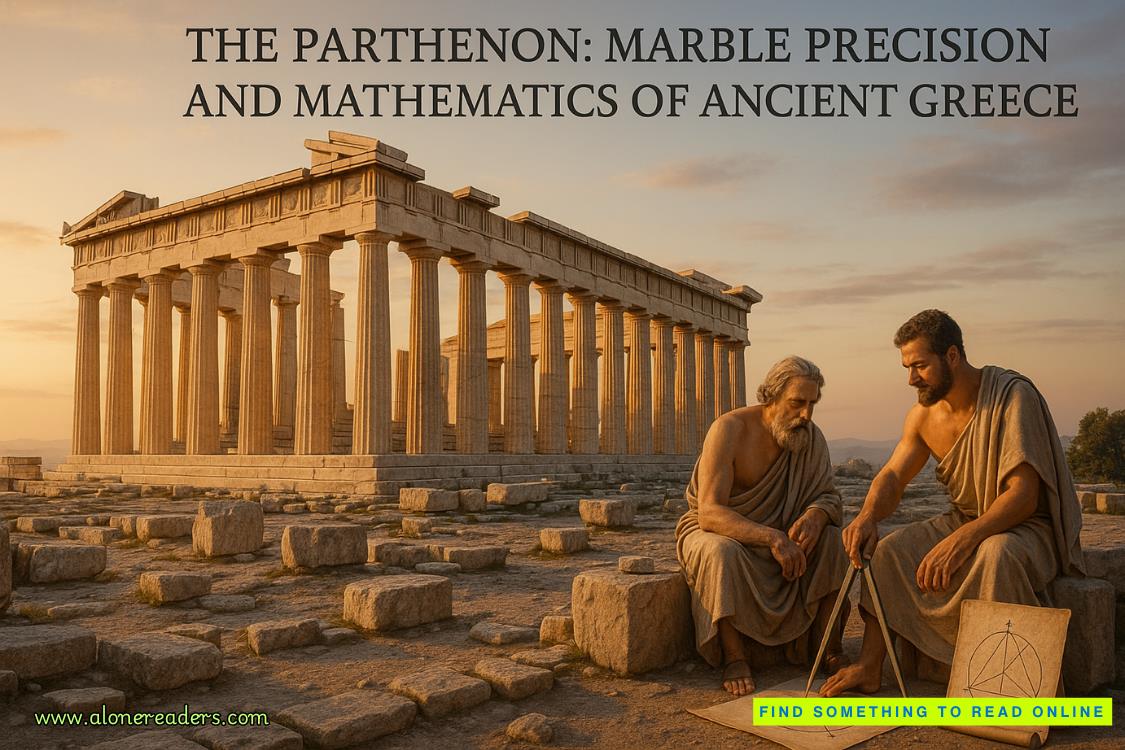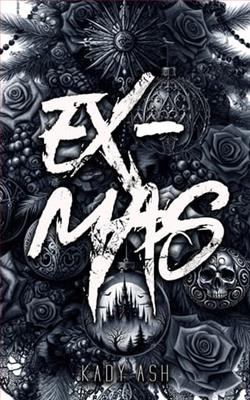Page 92 of The Doomsday Key (Sigma Force 6)
Gray concentrated on digging up every architectural detail he could find on the original abbey. He had a stack of books equal to Rachel’s. Open before him was a text that dated to 1856. It contained a map of the original abbey precinct.
A tall outer wall surrounded the property, interrupted by watchtowers. Inside, the grounds were divided into two areas. The eastern ward held gardens, orchards, even a few fishponds. To the west spread barns, stables, slaughterhouses, workshops, and guest lodgings. Between them, secured behind its own inner walls, stood the abbey itself, including the church, cloisters, lay buildings, and kitchens.
With the book open before him, Gray studied the nineteenth-century map.
Something kept drawing him back to this picture, but the more he concentrated, the less sure he became. For the past half hour, he had used the map to pinpoint the few surviving structures of the abbey. All that still stood were a couple of barns, a few sections of walls, a nicely preserved lay building, and the ruins of the original cloister.
It was the latter—le Grand Cloître—that most intrigued Gray.
The Grand Cloister lay immediately next to where the old abbey once stood. And it was beneath that church that Saint Malachy had been buried.
But was he still there?
That was another worry. According to Rachel, after the French Revolution, the tomb of Saint Malachy disappeared from the historical record.
Did that mean something?
Which brought Gray back around to a question that still nagged him.
“Why did Napoleon turn the abbey into a prison?”
Wallace had returned and overheard the question. “It’s not that unusual,” he explained as he sat down. “Many old abbeys from the Middle Ages were converted into penal facilities. With their thick walls, towers, and monastic buildings, they were an easy conversion.”
“But of all the abbeys in France, Napoleon picked this one for his prison. He picked no others. Could he have been protecting something?”
Wallace rubbed his lower lip in thought. “Napoleon was a key figure during the Age of Enlightenment. He was fixated on the new sciences but also fascinated by the old. When he led his disastrous campaign into Egypt, he brought a slew of scholars with him to scour the archaeological treasures there. If he had learned of some forbidden knowledge hidden at the abbey, he might well have guarded it. Especially if he thought it might threaten his empire.”
“Like the curse.” Gray remembered the word written in the Domesday Book.
“Wasted.”
Had something scared Napoleon enough to lock it up?
Gray hoped so. If the Doomsday key had been buried in Saint Malachy’s tomb, it might still be there.
Rachel didn’t have time for them to be wrong.
Over the course of the past hours, she had begun to run a fever. Her brow was hot, and she was prone to chills. Even now, she wore a sweater buttoned to her neck.
She didn’t have the luxury of mistakes.
Gray checked his watch. They were scheduled to meet Kowalski and Seichan in another hour. The pair had gone off to the prison, to scope it out and study it for weaknesses. It was up to Seichan to discern a way into the maximum-security facility. She had left with a doubtful expression fixed to her face.
Rachel stirred from her book, her complexion waxy and pale, her eyes red and puffy. “I can’t find anything more than I have,” she finally conceded in defeat. “I’ve read Malachy’s whole life story, from his birth to his death. I still could not discover a reason why Malachy, an Irish archbishop, was buried in France. Except that he and Bernard were the deepest of friends. In fact, it states here that Bernard was buried with Malachy at Clairvaux.”
“But are they still there?” Gray asked.
“From everything I’ve read, the bodies were never moved. But the historical record after the French Revolution goes blank.”
Gray turned to Wallace. “What about Saint Bernard? Were you able to find anything about the man or the founding of the abbey that might be useful?”
“A couple of items. Bernard was closely associated with the Knights Templar. He even authored the Templar rules and was instrumental in getting the Church to recognize their order. He also instigated the Second Crusade.”
Gray weighed that information. The Knights Templar were considered to be the keepers of many secrets. Could this be one of them?
Wallace continued, “But one item stood above all the others, the story of a miracle. One that happened here. It is said that Bernard became deathly ill from an infection, but as he prayed before a statue of the Virgin Mary, it bled milk that healed him. It became known as the Lactation Miracle.”
Rachel closed her book. “Another example of a miraculous healing.”
“Aye, but that’s not even the interesting part,” Wallace said with a sly c**k of one brow. “According to the story, the statue that bled the milk…was a Black Madonna.”
Gray took a moment to absorb the shock of it. “A Black Madonna healed him…”
“Sounds familiar, doesn’t it?” Wallace said. “Maybe it was allegorical. I don’t know. But after Malachy’s death, Saint Bernard became a major advocate for the worship of the Black Madonna. He was instrumental in starting the cult.”
“And that miracle occurred right here.”
“Aye. Definitely suggests that the dark queen’s body might have been transported here to Clairvaux—along with the key.”
Gray hoped he was right, but there was only one way to know for sure. They had to get into that prison.
12:43 P.M.
Clairvaux, France
Seichan headed through the woods.
Her scouting expedition to Clairvaux had produced few results. Wearing cold-weather hiking gear, she had binoculars around her neck and a walking stick. Just a young woman out for a day’s hike. Only this traveler packed a Sig Sauer in a holster at the small of her back.
The prison and former monastery lay in a valley between two wooded ridges. According to Rachel, it was common for the Cistercian order to build their monasteries in such remote locations. Preferring an austere lifestyle, the monks withdrew to woodlands, mountaintops, even marshes.
Out of the way, it also served as a good prison site.
Seichan had hiked completely around the perimeter of Clairvaux, noting the position of all the guard towers, the rows of walls, the steel pickets, and the razor-sharp rolls of concertina wire.
It was a fortress.
But no castle was impenetrable.
A plan was already building in her head. They would need uniforms and passes and a French police truck. She had left Kowalski at an Internet café in the neighboring village of Bar-sur-Aube. Through a Guild source, he was gathering a list of the names of both prisoners and guards, including their photos. She believed she could have everything ready by tomorrow. Morning visiting hours would allow one or two of them to get inside. The rest would need to come in the marked truck with fake photo credentials.















